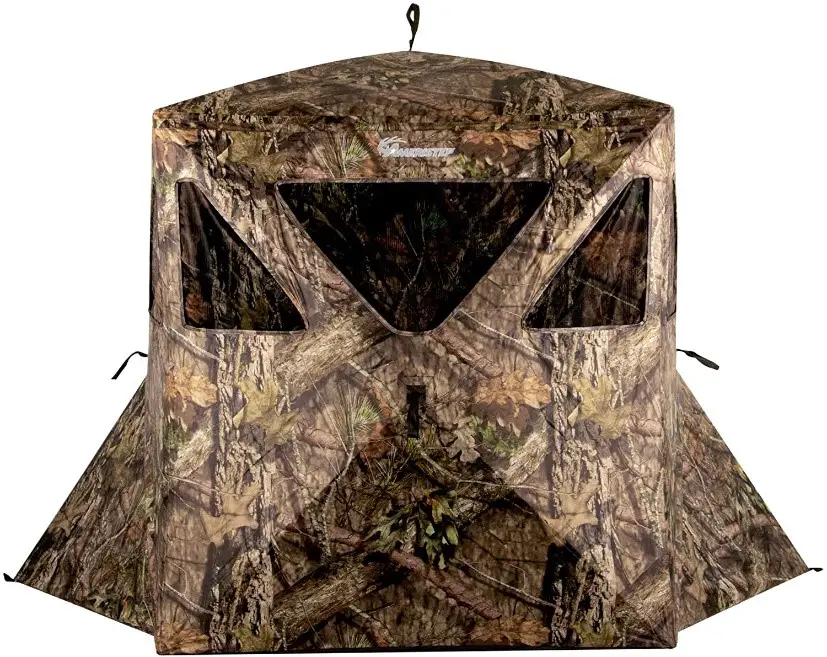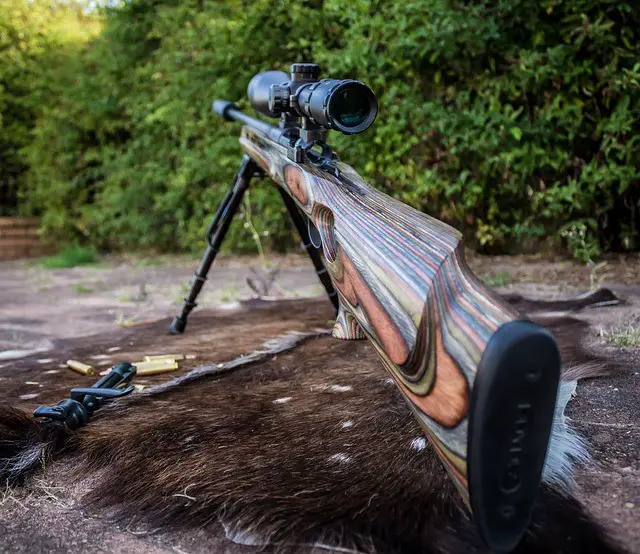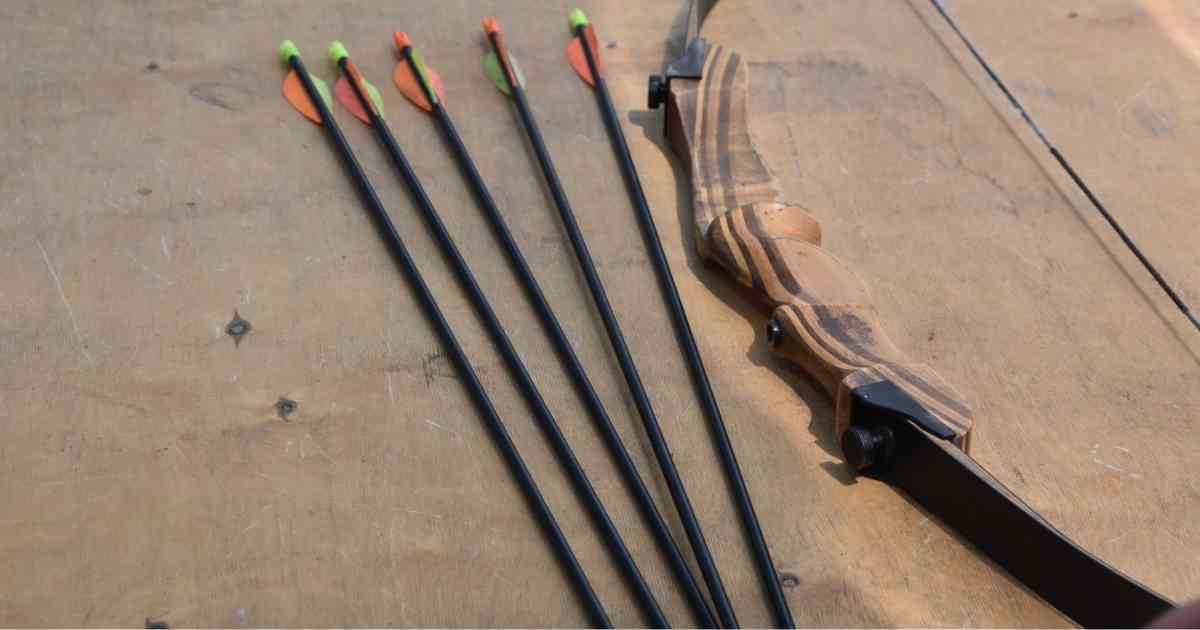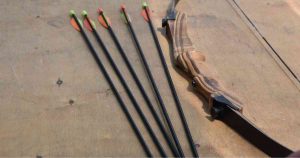A ground blind is a common ambush when hunting many types of game. It enables the hunter to stay out of sight while protecting them from the elements. It comes in handy when the terrain does not offer regular cover like trees and is a safer option than hunting platforms from which many hunters have fallen over the years.
Like with all hunting methods, success with a ground blind is never guaranteed. A combination of skill, luck, and timing comes into play. Today we want to even the odds by sharing a few tricks that have repeatedly borne fruit as shared by experienced hunters. They agree that small details have a huge impact in the woods.
Ground Blinds Hunting Rules
1. Set Up Before the Hunting Season
Doing this allows you adequate scouting time to determine paths and corridors the deer use between feeding and breeding areas. You will even discover where the trophy game hides out. Use everything at your disposal; trail cameras to stalk their movement, GPS devices, and/or maps. Also, look out for droppings or popped nuts which usually indicate the presence of deer.
Every hunting season has its unique circumstances and what worked the previous deer season may not be applicable in the coming season. Have current information to stand out from the pack. Setting up your ground hunting blinds well in advance has the added advantage of getting the deer accustomed to their presence by the time hunting begins. Deer tend to steer clear of strange objects and they are so conscious of their environment that the introduction of an extra item will not go unnoticed.
2. Camouflage is not negotiable
The ground blind should have the same shade as its backdrop or as close as possible. A lot more goes into blending in beyond the color of the blind, however.
The positioning also matters; it will be less noticeable inside a tree line so you should resist the urge to place it right in the whitetails’ path for easier shots. They are likely to spot you before you get a chance to take that shot.
Blend into the environment with whatever natural vegetation is available, whether it is brush, grass, twigs, or even dirt. The natural vegetation comes with its own scents which mask the smell of your blind ensuring it blends better. Considerate blind manufacturers incorporate straps or cords which can be used to attach it to the native camo.
This Ameristep Care Taker Kick Out Pop-Up Premium Hunting Blind for instance comes with brush loops to add intrinsic brush for better concealment.

New blinds will always have a distinct smell and it is advisable to leave them out in the elements for this to fade away before taking them to your spot. You don’t want it to be profiled as a foreign object even before the hunt begins.
Wear matching camo pattern or dark colors to mirror the darkness inside the ground blind. Include a mask or camo makeup as a precaution should the deer look into the blind and remember to cover up your human scent. You can check out this video about what to wear inside your ground blind for a better illustration.
3. Work with the natural state of the terrain
It is easier to hunt when your ground blinds have been placed to take advantage of the environment. The layout of the land, the direction of the wind, and where the sun rises and sets impact the optimal blind positioning and probability of success.
Always set up upwind of your anticipated kill zone, stay upwind of the direction you expect the game to approach from so that they have the least chance of interacting with your scent. You should still spray your ground blind and gear with scent eliminators as deer have a very sharp sense of smell.
Be wary of sudden changes in wind direction. They are often temporary and you would rather not hunt on these days than risk blowing your cover for the entire hunting season.
After observing where the sun rises and sets, place your ground blind so that the sun will be behind you when the time comes. The buck facing your direction will be partly blinded by the sun, enough to miss the slight movement you make as you take aim. You on the other hand will be shielded so you can take the shot.
4. Don’t Limit Your Shooting Range
If you did your pre-season scouting well enough you should have determined the deer’s pattern which allows you to pick many kill spots along their trail. Choose a spot with a wide viewing scope so that you will have adequate time from when you spot the deer to set up your shot, aim and shoot before it disappears.
Maintaining your composure to take an accurate shot if a buck suddenly appears in your line of fire is not common.
5. Don’t Compromise On Space and Comfort
Space provides more room to draw and follow a moving target. You will also avoid clipping the blind when releasing an arrow. It reduces the chances of being spotted by the prey as you take aim because there is a distance between you and the blind’s window.
For deer to keep moving comfortably in front of your ground blind, they must never spot you inside the blind or see you coming in and going out. Otherwise, they will be looking out for you every time they approach the area and might even change their route. You should therefore be prepared to sit for a long time to avoid compromising your spot.
6. Learn to Hunt Seated
A functional ground blind should have a comfortable chair for sitting and shooting purposes. You need to learn how to shoot while seated if you are using a ground blind because they aren’t tall enough to stand in. It would make them very conspicuous if they stood that high.
Practice seated shooting before you need to get into that ground blind so that you are familiar with the slightly different body posture.

These blind hunting rules are applicable whether you hunt using a rifle, bow, or crossbow because they are all aimed at optimizing ground blinds to have a shot at those trophy animals. It is not easy to get the drop on these wise and mature bucks, and all your efforts could easily go down the drain because of one tiny oversight.










